Discover the world of variegated plants, from care tips to popular varieties. Learn how to grow and maintain these eye-catching foliage wonders in your garden or home.
Variegated plants are characterized by leaves with multiple colors, typically combining green with white, yellow or pink. These plants require specific care, often including bright indirect light, well-draining soil and careful watering. Popular varieties include Variegated Monstera, Ficus elastica ‘Tineke’ and Pothos ‘N’Joy’.
Introduction to Variegated Plants
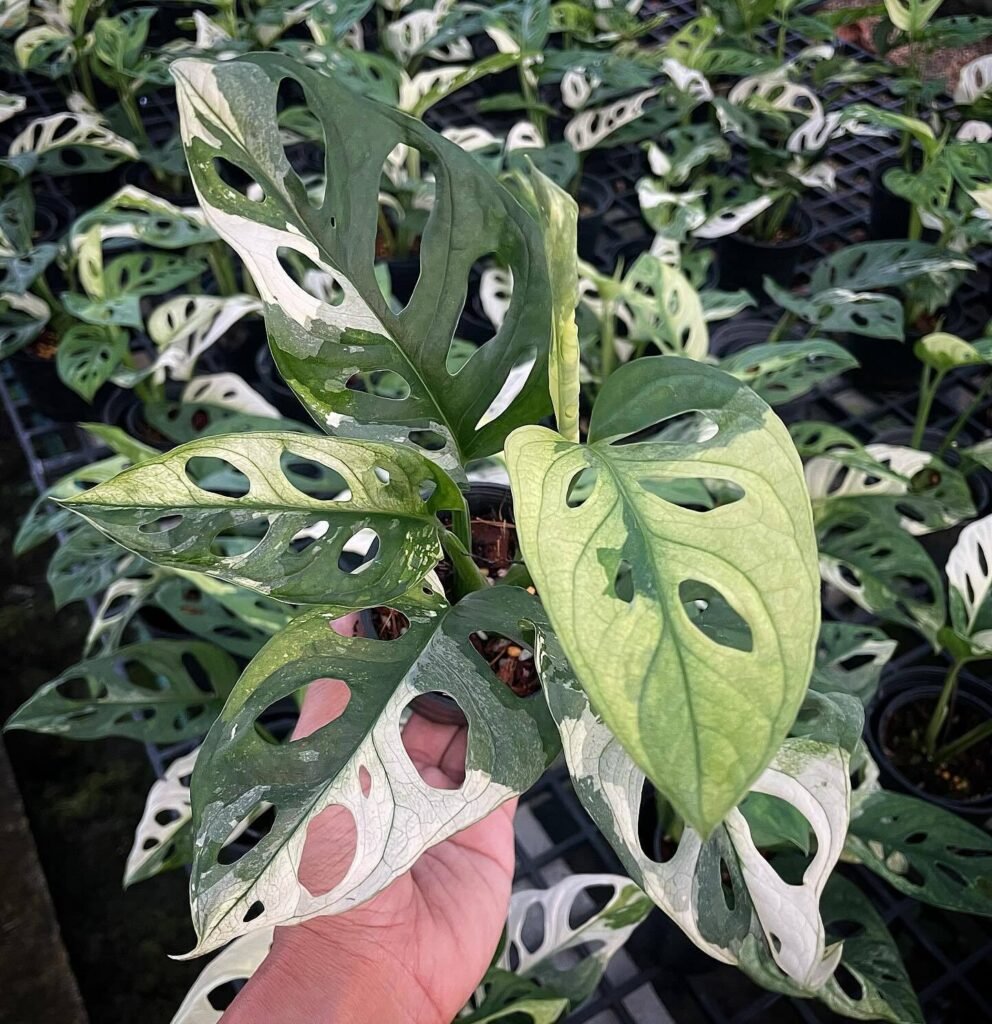
As a horticulturist with over two decades of experience in ornamental plant cultivation, I’m thrilled to share my expertise on variegated plants. These stunning foliage beauties can add a unique visual interest to any garden or indoor space.
What Are Variegated Plants?
Variegation refers to leaves or stems with areas of different colors, usually combining green with white, cream, yellow, or pink. This effect can occur due to genetic mutations, viral infections or chimeras (where two genetically distinct tissues grow side by side).
For more scientific information on variegation, visit the American Society of Plant Biologists’ educational resource.
Popular Variegated Plant Varieties
Indoor Variegated Plants
1. Variegated Monstera (Monstera deliciosa ‘Variegata’)
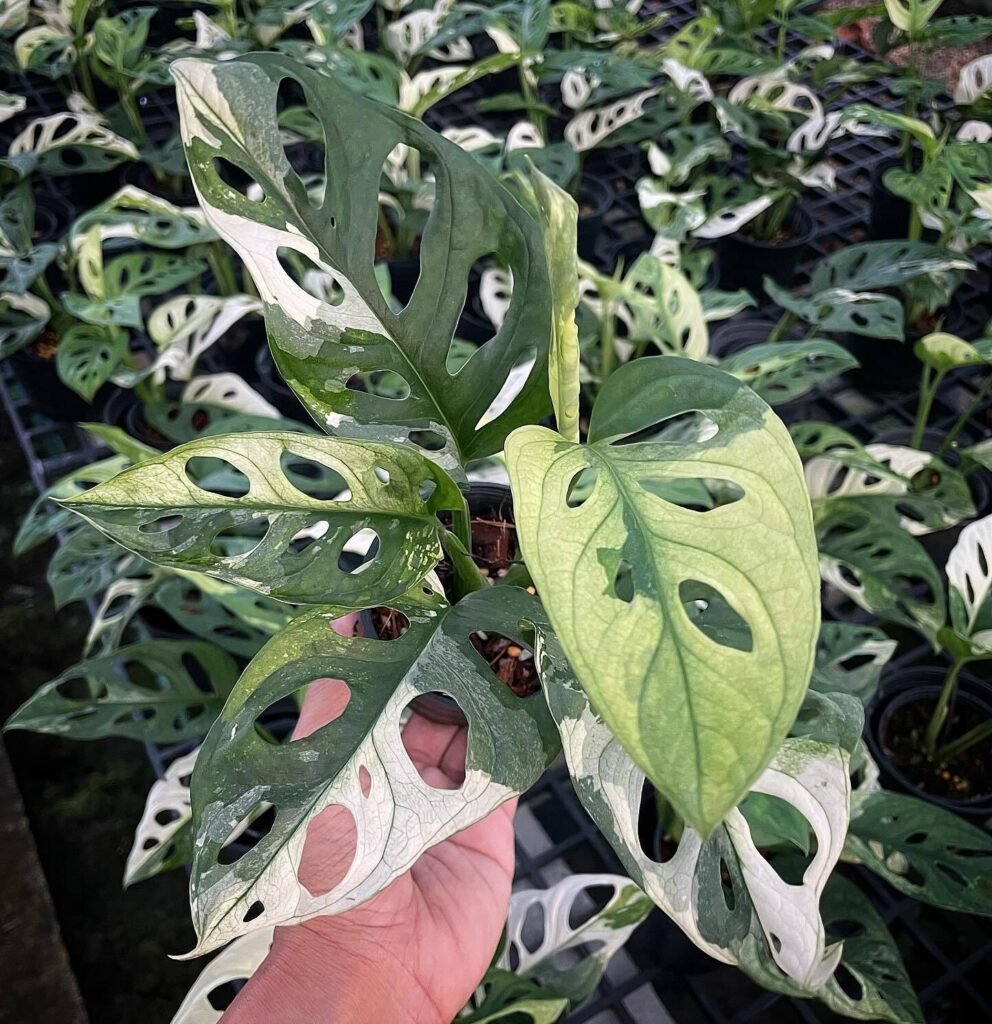
2. Ficus elastica ‘Tineke’ (Variegated Rubber Plant)
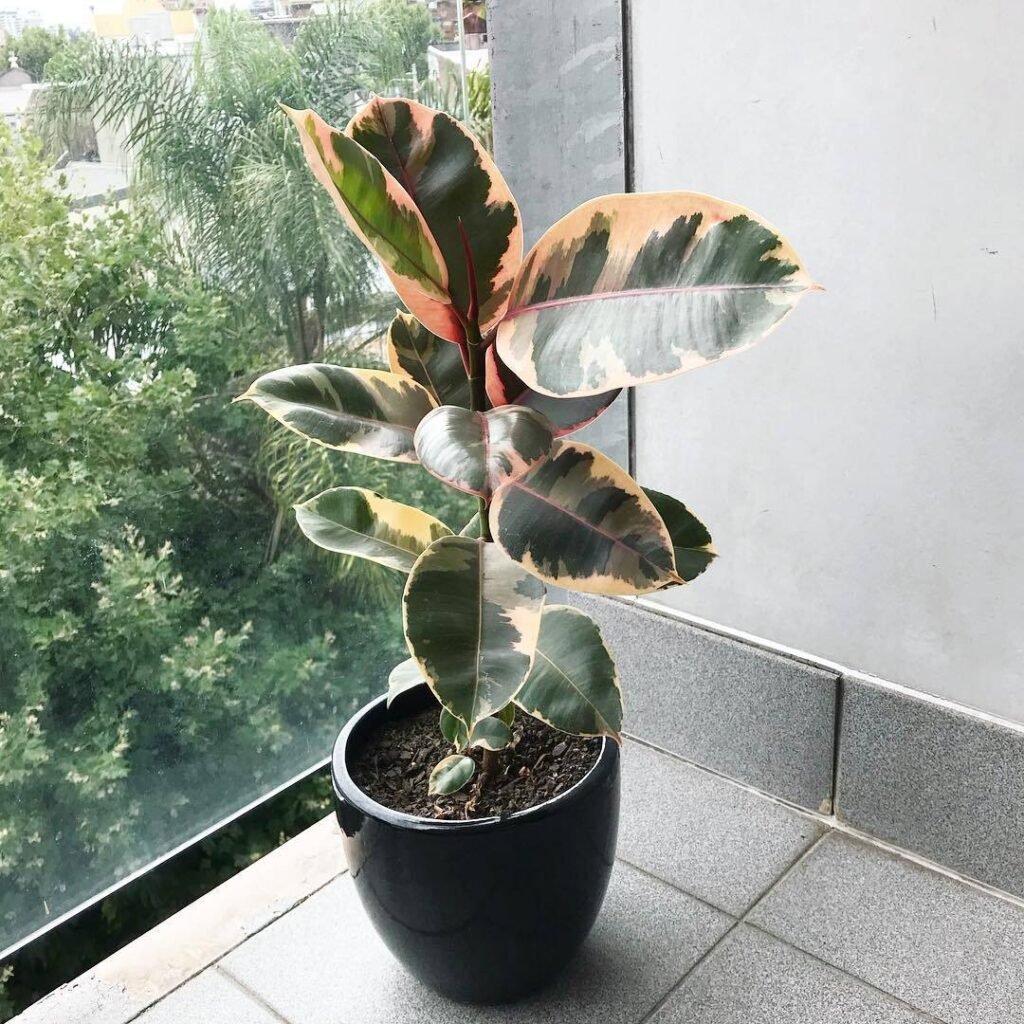
3. Pothos ‘N’Joy’
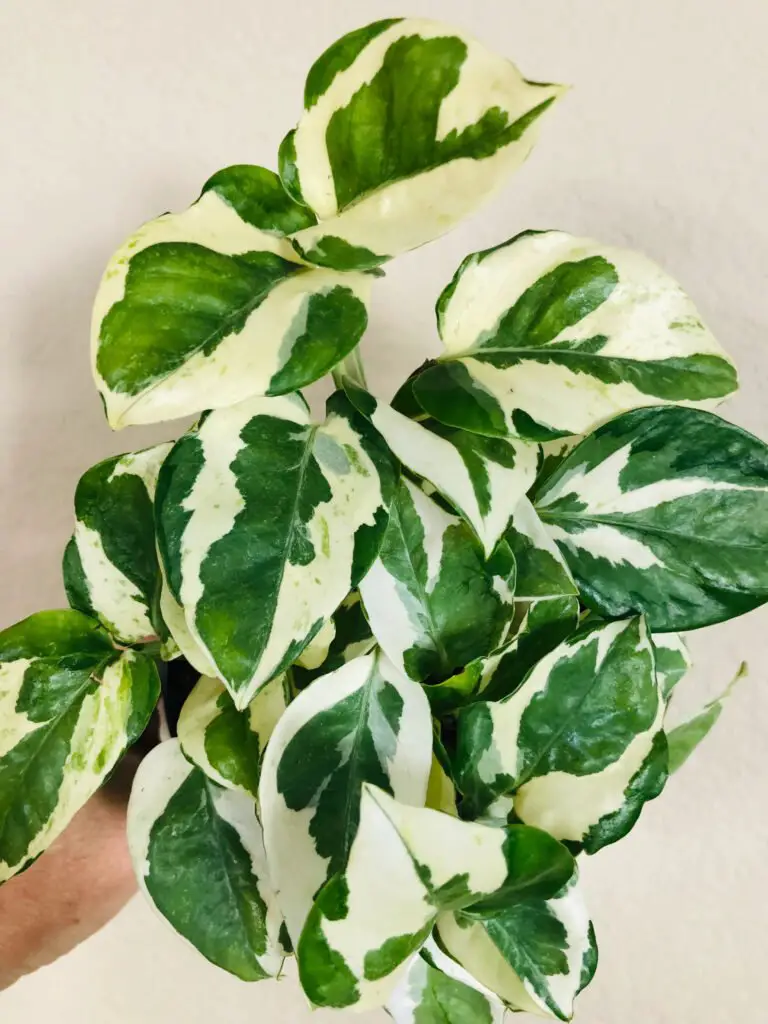
4. Philodendron ‘Brasil’
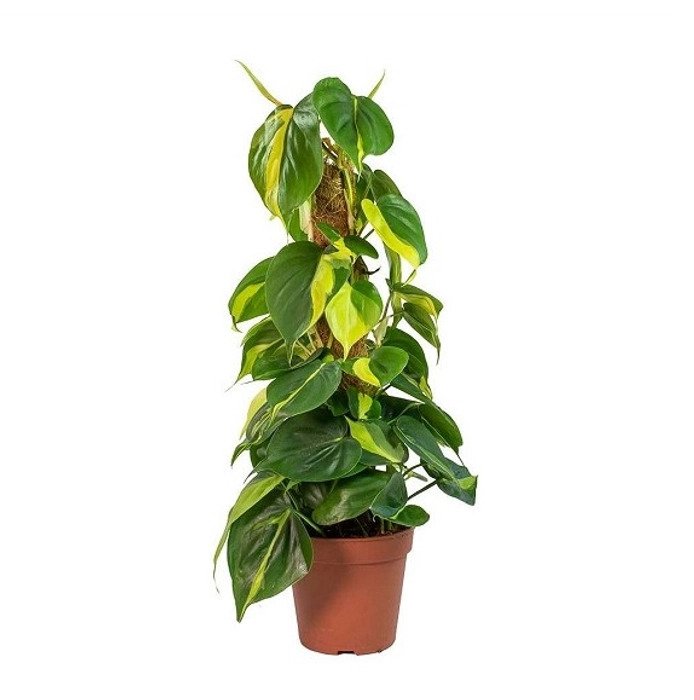
5. Calathea ‘White Fusion’
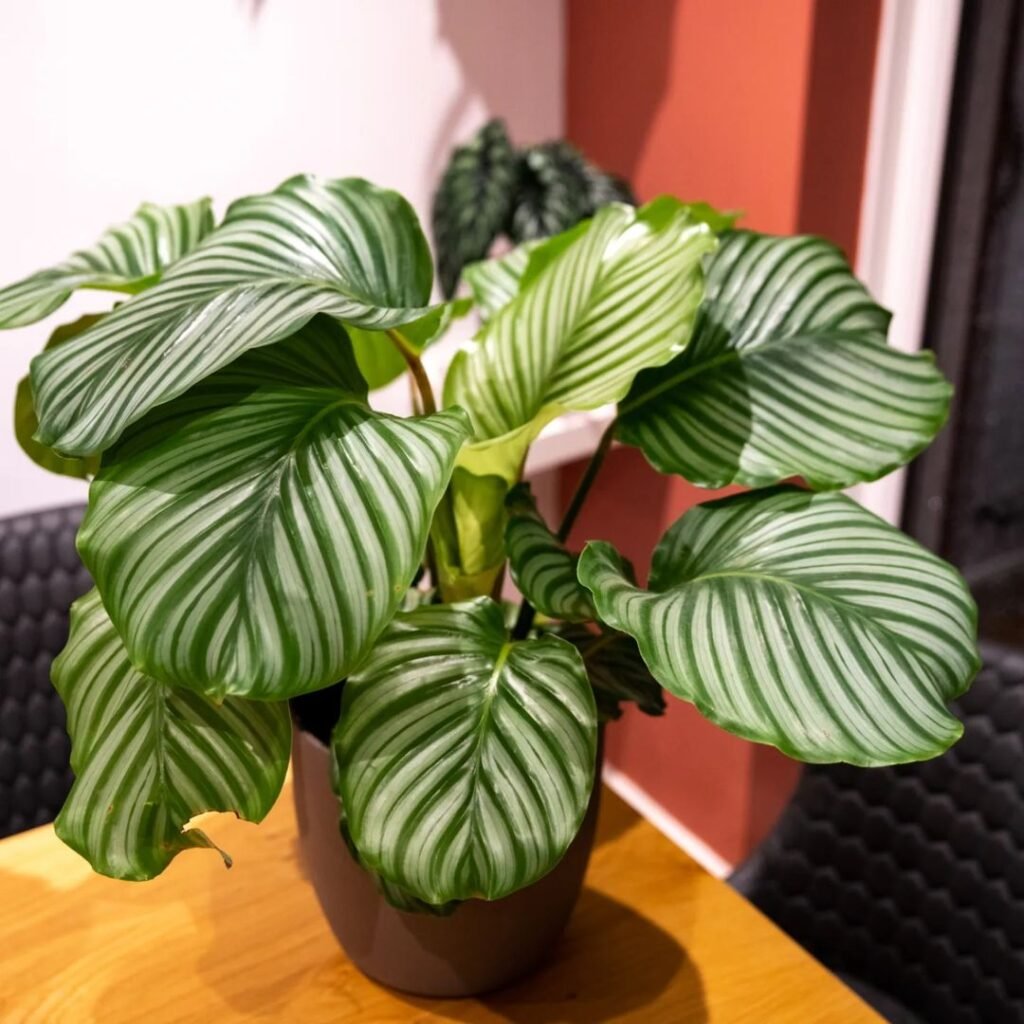
Outdoor Variegated Plants
1. Hosta ‘Patriot’

2. Cornus controversa ‘Variegata’ (Wedding Cake Tree)
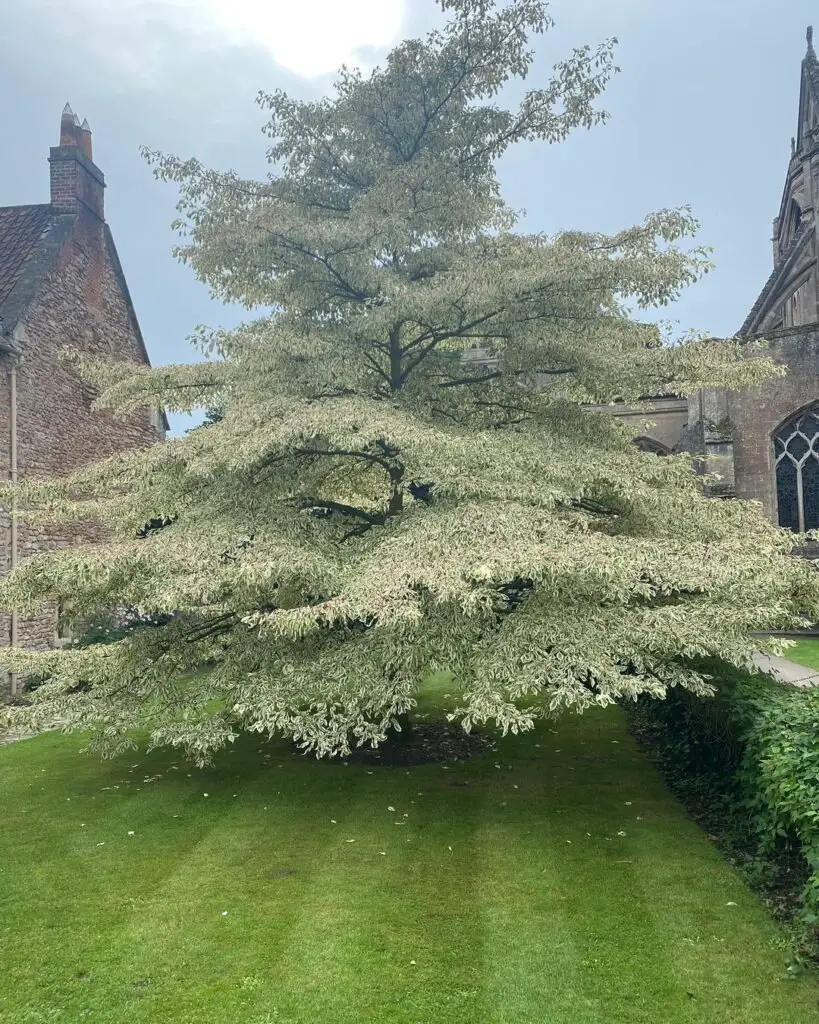
3. Euonymus fortunei ‘Emerald Gaiety’
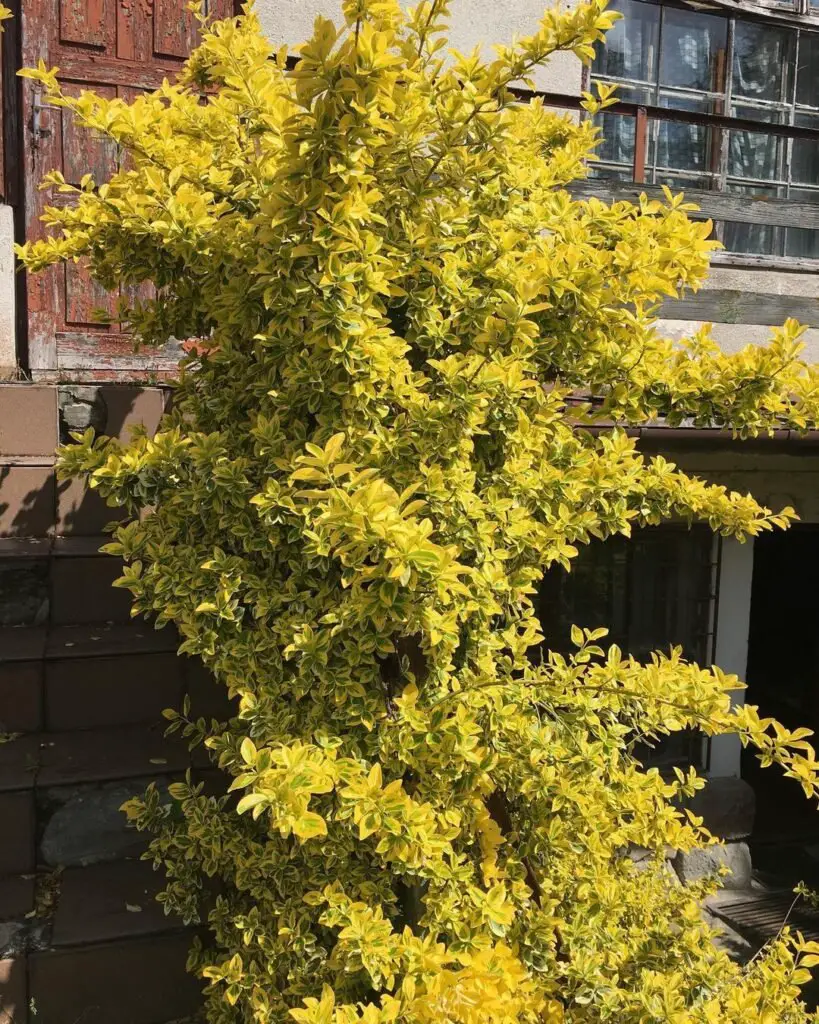
4. Hedera helix ‘Glacier’ (Variegated English Ivy)
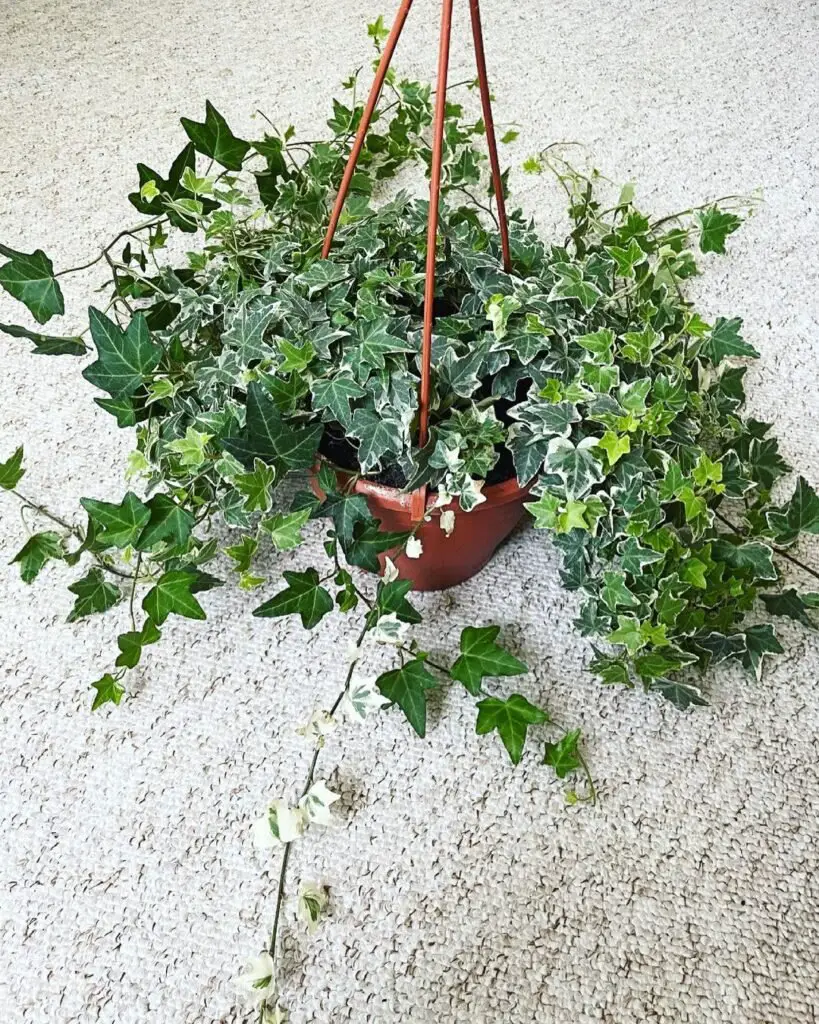
5. Weigela florida ‘Variegata’

For an extensive list of variegated plants, check out the Royal Horticultural Society’s plant finder.
Caring for Variegated Plants
Light Requirements
Most variegated plants need bright, indirect light to maintain their coloration. However, direct sunlight can scorch their leaves.
- Place near east or north-facing windows for indoor plants
- Use dappled shade or morning sun for outdoor varieties
Soil and Potting
Use well-draining soil to prevent root rot:
- For indoor plants, use a mix of peat, perlite, and orchid bark
- For outdoor plants, ensure soil is rich in organic matter and drains well
Watering
Proper watering is crucial for variegated plants:
- Allow the top inch of soil to dry between waterings
- Avoid getting water on the leaves to prevent fungal issues
- Reduce watering in winter when growth slows
For more detailed watering tips, visit University of Maryland Extension’s guide.
Fertilizing
Feed your variegated plants during the growing season:
- Use a balanced, water-soluble fertilizer monthly
- Dilute to half-strength to avoid over-fertilization
- Reduce or stop fertilizing in winter
Propagation Techniques
Stem Cuttings
Many variegated plants can be propagated through stem cuttings:
- Choose a healthy stem with at least one node
- Cut below the node with clean, sharp scissors
- Remove lower leaves and place in water or moist soil
- Keep warm and humid until roots develop
Division
For clumping variegated plants like Hostas:
- Dig up the entire plant
- Gently separate the clumps, ensuring each has roots and shoots
- Replant immediately and water thoroughly
Common Issues and Troubleshooting
Loss of Variegation
If your plant is losing its variegation:
- Increase light exposure gradually
- Prune predominantly green growth to encourage variegated shoots
Pests
Common pests include spider mites and mealybugs:
- Inspect regularly for signs of infestation
- Treat with neem oil or insecticidal soap
- Isolate affected plants to prevent spread
For more information on plant pests, visit University of California’s Integrated Pest Management Program.
Leaf Browning
Causes may include:
- Overwatering or underwatering
- Low humidity
- Fertilizer burn
Adjust care accordingly and trim affected leaves.
Displaying Variegated Plants
Styling Tips
Showcase your variegated plants’ beauty:
- Use contrasting pots to highlight leaf colors
- Group with solid-colored plants for visual interest
- Consider using variegated plants as focal points in garden designs
For inspiration on plant styling, check out Better Homes & Gardens’ plant decoration ideas.
Variegated plants offer a unique way to add color and interest to your indoor and outdoor spaces. With proper care, including appropriate light, watering, and fertilization, these stunning plants can thrive and become the centerpiece of your plant collection. Remember that each variety may have specific needs, so always research the particular plant you’re growing. Happy gardening with these beautiful variegated wonders!
For more in-depth information on specific variegated plant species, visit the Missouri Botanical Garden’s plant finder.
For more gardening tips and plant care guides, visit usagardenhub.com.

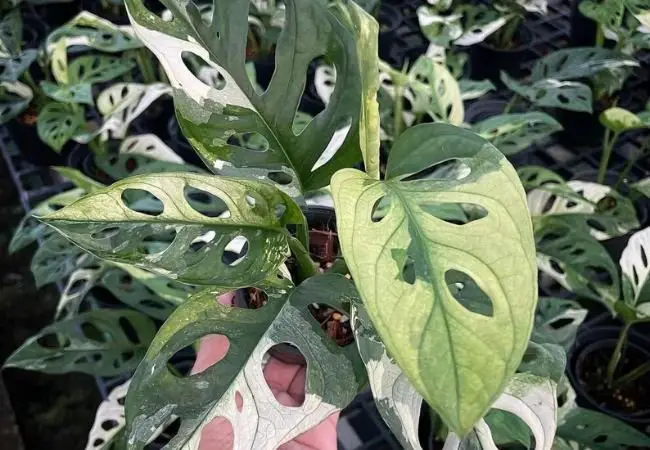
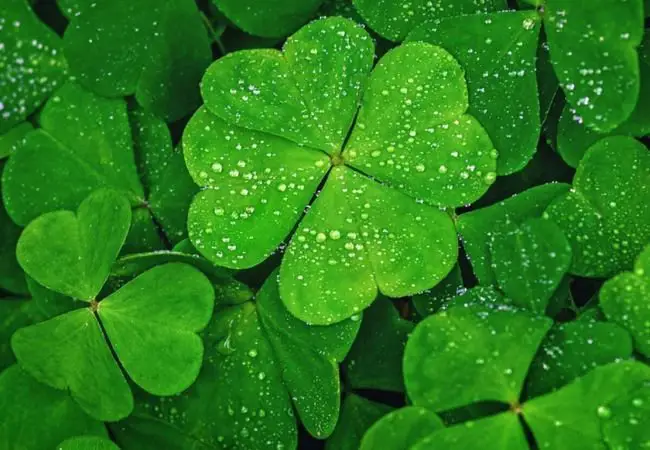
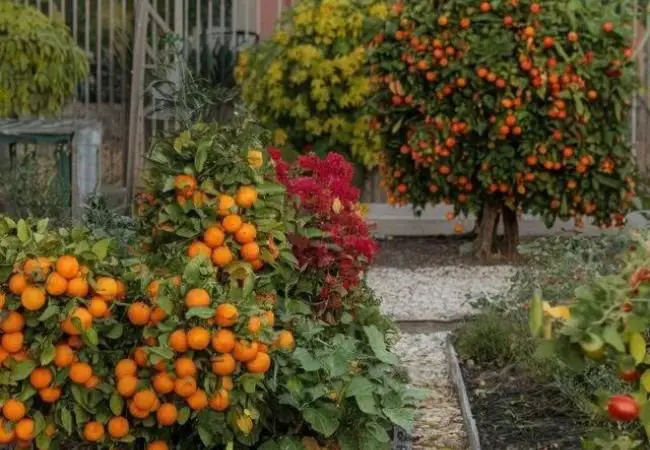



One comment on “10 Variegated Plants : A Comprehensive Guide to Growing These Stunning Foliage Beauties (2024)”